
We use things such as microwaves and boxes of matches every day to make our lives simpler. But believe it or not, these ingenious inventions were not the result of trial and error but were created entirely by mistake, enabling us to live our lives hassle-free.
1. The Microwave Oven

Percy LeBaron Spencer, when he inadvertently discovered microwave cooking, was working on magnetrons, high-powered vacuum tubes that produce short radio waves called microwaves. When he found that the candy bar in his pocket had melted, the engineer was doing his job as usual. Spencer soon realised that this phenomenon was caused by magnetrons. By 1945, he had filed a patent for his microwave-powered metal cooking box.
2. The Post-It Note

As the Post-it website states, when he came across quite the reverse, 3 M scientist Dr Spencer Silver was doing research on strong adhesives: one that “stuck gently on surfaces but did not attach firmly to them.” Silver originally had little idea what to do with his discovery, but years later another 3 M scientist, Art Fry, came to him with the idea of making a bookmark that could stick to paper without any idea what to do. The bookmark eventually became the Post-it note.
3. The First Artificial Sweetener
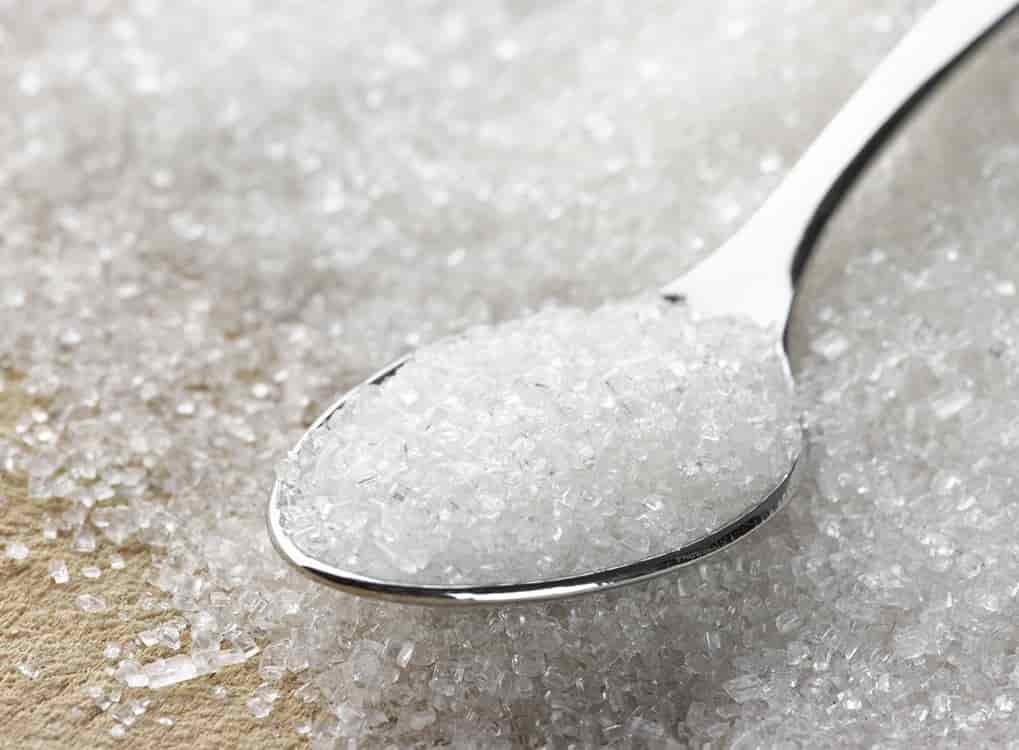
In 1878, Constantin Fahlberg discovered Saccharin, the first artificial sweetener. When he inadvertently tasted some of the chemicals he was working with and realised how sweet they were, the Russian chemist was working in the laboratory of chemistry professor Ira Remsen. After some experiments, Fahlberg concluded that the reaction of o-sulfobenzoic acid with phosphorus (V) chloride and ammonia to produce benzoic sulfinide or saccharin, caused sugariness.
4. Viagra
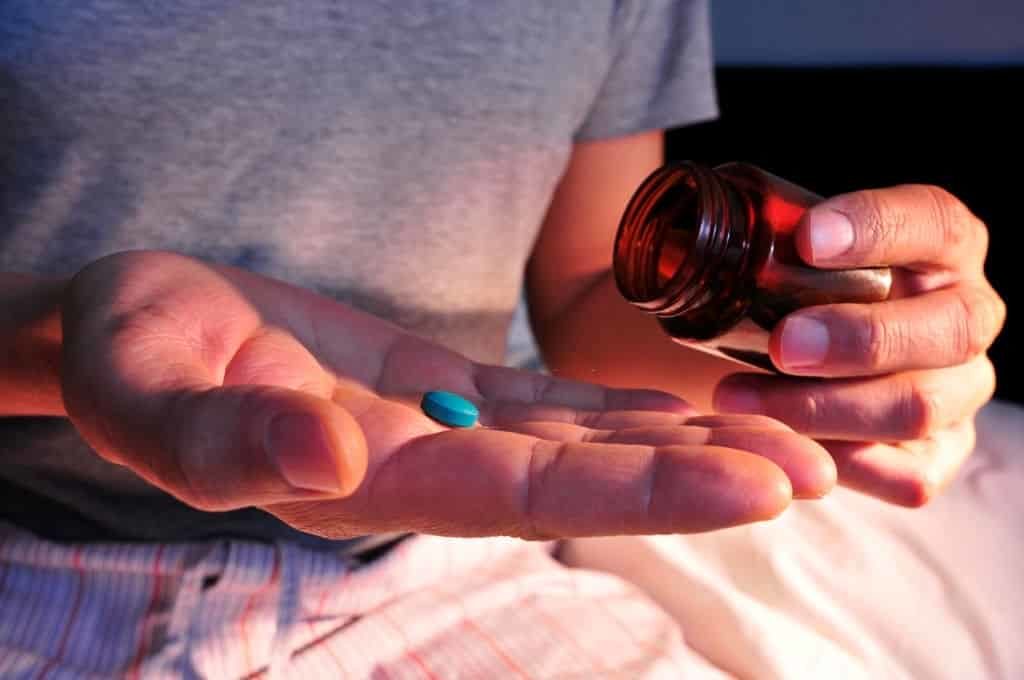
While Viagra is one of the fastest-selling medicines of all time, its present use is a far cry from what it was originally intended for. Evidently, it was originally sold as a cure for angina, a heart disease that induces pain in the chest, when Viagra was in its trial stage. And although the medication proved to be unsuccessful in improving angina patients, participants in the study found that the little blue pill was able to improve erection frequency and potency.
5. Chocolate Chip Cookies

A world without chocolate chip cookies is impossible to imagine, but the delectable dessert wasn’t really invented until 1930. On the day the cookies were made, when she realised she was out of baker’s chocolate, Ruth Graves Wakefield, co-owner of the Toll House Inn, was baking some chocolate cookies for her guests. Thinking about her feet, Wakefield chose to chop up a block of semi-sweet chocolate from Nestle, hoping that the batter would melt and spread evenly. Instead, the very first batch of chocolate chip cookies came out of the oven, and the modern dessert was never the same.
6. The X-ray Machine

On November 8, 1895, when he observed a strange light coming from a chemically coated screen nearby, physicist Wilhelm Conrad Rontgen was in his laboratory in Wurzburg, Germany, experimenting on a vacuum tube covered in cardboard. Confused and fascinated, due to their mysterious origin, he named the new rays that produced this glow X-rays, and after playing around some more with the new rays, he discovered that placing his hand in front of the glow allowed him to see through his skin to his bones, leading to the first X-ray of the world.
7. Super Glue
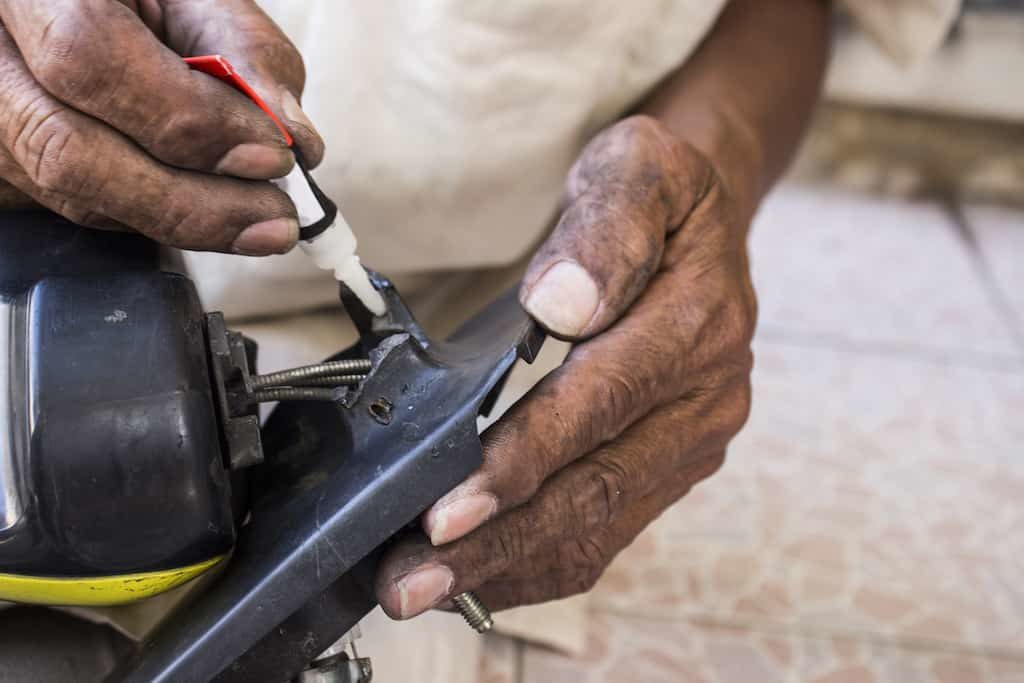
Harry Coover was searching for materials back in 1942 that he could use to make transparent plastic gun sights for the war, but what he found instead was a chemical formulation that stuck to anything it hit. “His invention was, however, dismissed because researchers did not see a need for such a sticky formula, and it wasn’t until 1951 that Coover and fellow Eastman Kodak researcher Fred Joyner adopted and repurposed the same formula as” Alcohol-Catalyzed Cyanoacrylate Adhesive Compositions / Superglue, “as the patent reads.
8. The Implantable Pacemaker
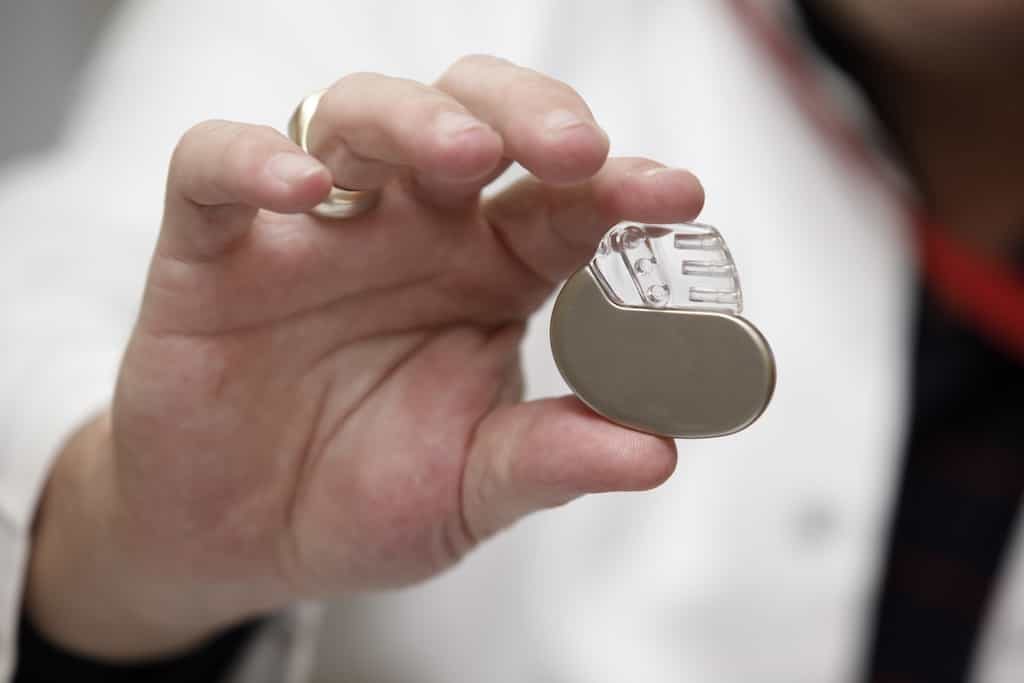
Wilson Greatbatch, an associate professor of engineering at the University of Buffalo, mistakenly invented the pacemaker in 1956. The scientist used the wrong transistor while working on construction equipment intended to capture heart sounds, and noticed that instead of capturing sounds, his instrument gave off an electrical pulse, mimicking that of the heart. In 1958, Greatbatch proposed his invention to William Chardack, a surgeon at the Buffalo Veterans Administration Hospital, and together the two were able to monitor the heartbeat of a dog and, in 1960, a human’s successfully.
9. Potato Chips
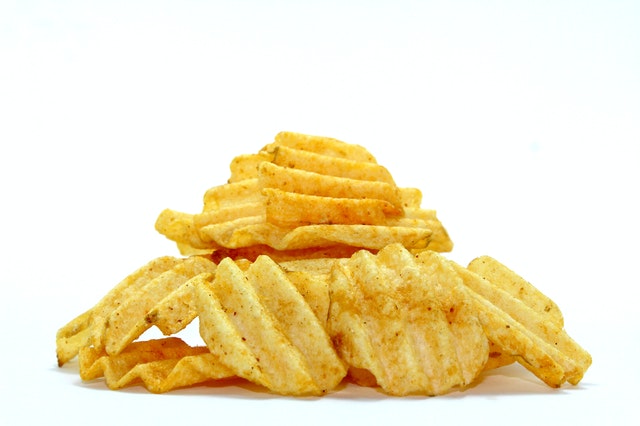
In 1953, George Crum, a chef at the Moon Lake Lodge Resort in Saratoga Lake, New York, invented the potato chip, one of the most popular American snack foods, when one of his customers complained that their French-fried potatoes were too dense and mushy. Speck’s response, as tradition has it, was to thinly slice and fry some potatoes until brown, and the patrons enjoyed what would become the first-ever batch of chips.
10. Champagne

The monks of Champagne had abundant access to all the best grapes because they stayed at such high altitudes. The issue? The fermentation process on the wine would momentarily stop as the temperatures dropped in the winter months, and when it started again in the spring, there would be an abundance of carbon dioxide within the wine bottles, which would give the wine excessive carbonation.
The Catholic Church agreed in 1668 that it was time to deal with the crisis, and so they brought over to Champagne a French monk called Dom Pierre Perignon to address the fermentation problem. By the end of the 17th century, however, people had concluded that they were really enjoying this drink, and the role of Perignon thus changed to make the wine even fizzier. Perignon finally invented the official champagne making process known as the French Method, crowning him the inventor of the celebratory sip.
11. Chewing Gum

While varieties of chewing gum have been around since ancient Greece, until the late 1800s, the gum we know today was not invented. It was then that Thomas Adams, Sr., an American inventor, came upon the chewy treat, but only after first trying and struggling to transform chicle (the material from which gum is made) into rubber.
12. Popsicles

Believe it or not, none other than an 11-year-old boy named Frank Epperson was the maker of the popsicle, who merely mixed some soda powder with water and left it out overnight with the stirrer totally by mistake. Epperson wanted to lick his frozen soda mix when he woke up in the morning and he realised that it really tasted, well, pretty nice. “The young inventor initially called the Popsicle (combining the word icicle with his name) his concoction, but he later changed the name to a popsicle, as kids would anyway refer to the ice pops as “Pop’s ‘Sicle.
13. Coca-Cola

The man who made the Coca-Cola syrup was not a chef or even in the food business. Rather, the inventor of the soda was a pharmacist by the name of Dr John Stith Pemberton, who was attempting to manufacture an alcoholic drink filled with cocaine and caffeine that people with chemical drug addictions (including himself) could use to wean off morphine and other medications. However, Pemberton was forced to take the alcohol out of his recipe when Prohibition struck (although the cocaine stayed for decades), and therefore the first bottle of Coca-Cola was created in 1886.
14. Dynamite
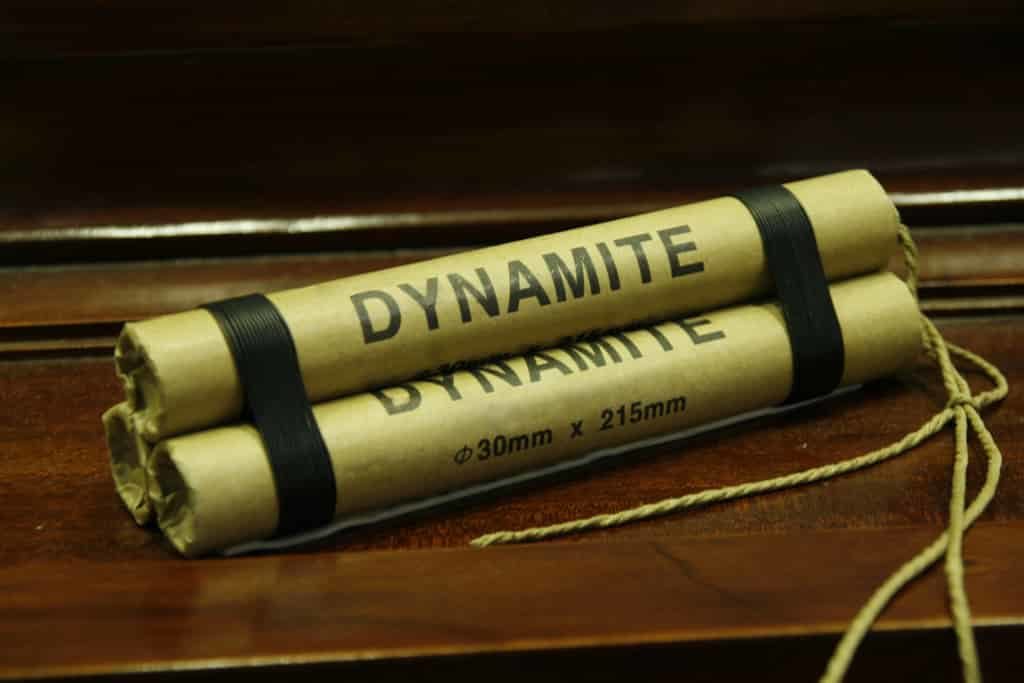
While Ascanio Sobrero invented the explosive material nitroglycerin, it was Alfred Nobel who used it to make dynamite. While in Paris, Nobel started experimenting with nitroglycerin, and finally, by combining it with kieselguhr, he inadvertently found a way to tame the drug, but in the end, many people, including Nobel brother Emil, lost their lives.
15. Matches
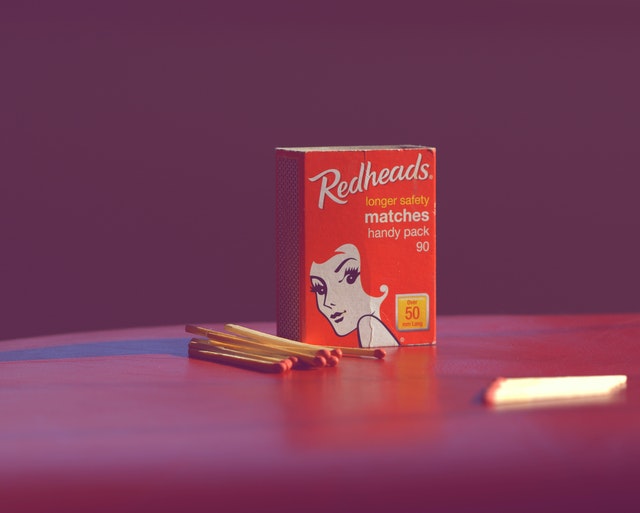
In 1826, when he inadvertently scraped a stick coated in chemicals over his core and found that it caught fire, chemist John Walker discovered what are now matchsticks. As he named them, Walker’s “Friction Lamps” were initially made of cardboard, but he gradually moved back to using wooden splints and sandpaper.
16. Safety Glass
Scientist Edward Benedictus was working in his lab one fateful day in 1903, when he accidentally knocked over a flask. When Benedictus looked down, however, he found that the glassware had only just cracked slightly while preserving its form, rather than shattering into a million small bits. After looking a little deeper into it, the scientist discovered that the cellulose nitrate coating inside the glass was what had held the glass together, and thus, safety glass was made.
17. Brandy
A Dutch shipmaster wanted to make it easier to transport wine in the 16th century, and so he chose to use heat to concentrate the alcohol, with a plan to add water to it once he reached his destination. What he found, however, was that the taste of concentrated wine was much better than that of watered-down wine, so he forewent the water portion of his strategy and named his new alcohol brandewijn in Dutch, meaning ‘burnt wine.’
18. Dry Cleaning
Though the inventor of dry cleaning, Jean Baptiste Jolly, worked as a garment maker in the clothing industry, his discovery of an innovative new form of cleaning was entirely by mistake. Jolly noticed that the kerosene actually made the fabric cleaner only when his maid inadvertently knocked a kerosene lamp onto a tablecloth, thereby spawning the concept of the very first dry cleaner.
19. Vulcanized Rubber
Charles Goodyear accidentally patented vulcanised rubber, used to make sturdy items such as car tyres, in 1839. While he had been trying for years to construct a weatherproof rubber, he only succeeded in doing so when he mistakenly dropped some normal rubber mixed with sulphur onto a hot stove and discovered that its structure was still preserved.
20. Vaseline
22-year-old chemist Robert Augustus Chesebrough, curious about the possibilities of what could be achieved with petroleum, wanted to go to the town where the substance had been found to play around with it a bit. While there, Chesebrough noticed that the petroleum drilling men would use a by-product of the process to soothe and treat cuts and burns on their skin, and he turned this discovery into a product known today as Vaseline.
